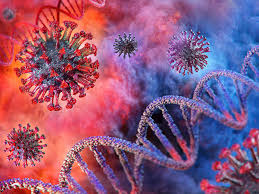The corona virus disease 2019 (COVID-19) pandemic has produced significant impacts on public health and global economy, due to hospitalizations, deaths, high complexity of clinical care and long quarantine periods required to control the spread of the causative virus, severe acute respiratory syndrome corona virus 2 (SARS-CoV-2).As a result of the 2019 corona virus disease pandemic (COVID-19), there has been an urgent worldwide demand for treatments. Due to factors such as history of prescription for other infectious diseases, availability, and relatively low cost, the use of chloroquine (CQ) and hydroxyl chloroquine(HCQ) has been tested in vivo and in vitro for the ability to inhibit the causative virus, severe acute respiratory syndrome corona virus 2 (SARS-CoV-2). CQ and HCQ are synthetic anti malarials developed from the bark of cinchona (Rubiaceae), which are soluble in water (HCQ is more soluble because it possesses a hydroxyl group), are rapidly fast absorbed with a long plasma elimination half-life of 900 and 1300 hr, respectively. This leads to tissue bioaccumulation after chronic treatments. The cytochrome P450 complex is responsible for the metabolism of CQ and HCQ in the liver, with approximately 50% of metabolites excreted without modification by the kidneys. To be successful in replication, viruses need a host intracellular medium with a stable acidic pH in endosomes, lysosomes, and Golgi complex. The antiviral properties of CQ and HCQ are attributed to the accumulation of aminoquinolines that raise the pH of the medium in lysosomes and other intracellular acidic compartments and organelles.


